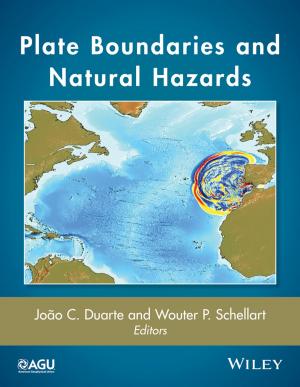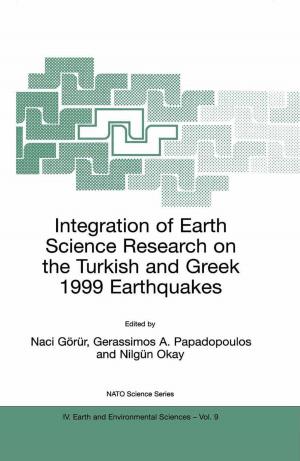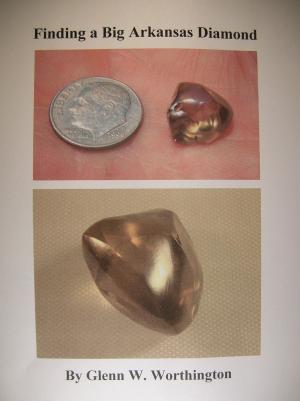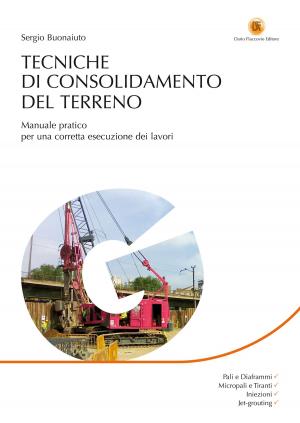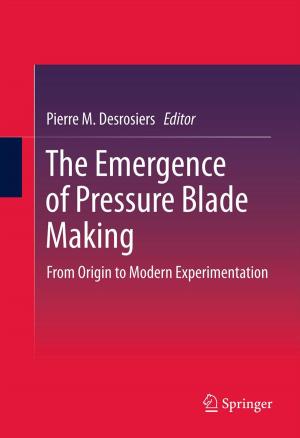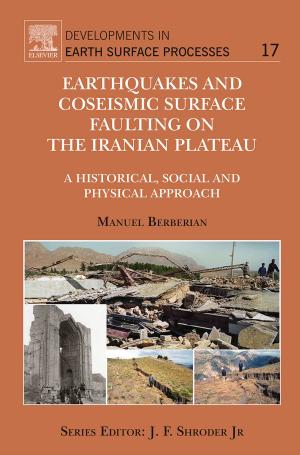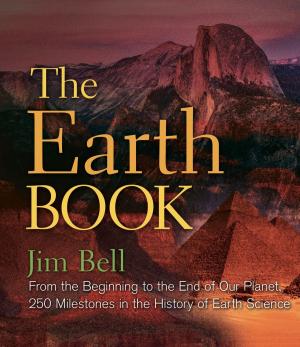Book I. From the origin to the hominids
Nonfiction, Science & Nature, Nature, Fossils, Science, Earth Sciences, Palaeontology, Geology| Author: | Roland Maes | ISBN: | 9782953933208 |
| Publisher: | Roland Maes | Publication: | July 25, 2016 |
| Imprint: | Language: | English |
| Author: | Roland Maes |
| ISBN: | 9782953933208 |
| Publisher: | Roland Maes |
| Publication: | July 25, 2016 |
| Imprint: | |
| Language: | English |
A Big Bang, i.e. a gigantic silent explosion occurred 13.5 billion years ago, with an unsustainable intensity of light and heat thrown in all directions. Light traveled during billions of years and cooled down, with the result that the Universe was getting cold, really cold. However, without cold, no galaxies, no stars and planets would form. A tiny planet formed 4.5 billion years ago, orbiting around a star at a distance just adequate to have water neither boiling nor freezing, although it sometimes came close to that. Heat above 0° centigrade but below 100°C was needed on the surface of the earth for life to blossom but it well seems that it needed in reality 250°C at the bottom of oceans to end up with human beings able to think and reason. Who found out that there was a Big Bang? And how could light and small atoms as hydrogen have evolved toward the noosphere represented by Man? The story is incredibly complex and needs some knowledge in physics and chemistry to be followed, but it is a very interesting story made of many failures and unexpected rare successes, which I expose in this book I. This book is the first of a series of five, entitled "The Achievements and the Days". The first book of this series begins with the presently accepted Weltanschauung ( World View) developed by the West, and continues in exposing the evolution of matter from the Big Bang down to the hominids.
A Big Bang, i.e. a gigantic silent explosion occurred 13.5 billion years ago, with an unsustainable intensity of light and heat thrown in all directions. Light traveled during billions of years and cooled down, with the result that the Universe was getting cold, really cold. However, without cold, no galaxies, no stars and planets would form. A tiny planet formed 4.5 billion years ago, orbiting around a star at a distance just adequate to have water neither boiling nor freezing, although it sometimes came close to that. Heat above 0° centigrade but below 100°C was needed on the surface of the earth for life to blossom but it well seems that it needed in reality 250°C at the bottom of oceans to end up with human beings able to think and reason. Who found out that there was a Big Bang? And how could light and small atoms as hydrogen have evolved toward the noosphere represented by Man? The story is incredibly complex and needs some knowledge in physics and chemistry to be followed, but it is a very interesting story made of many failures and unexpected rare successes, which I expose in this book I. This book is the first of a series of five, entitled "The Achievements and the Days". The first book of this series begins with the presently accepted Weltanschauung ( World View) developed by the West, and continues in exposing the evolution of matter from the Big Bang down to the hominids.

